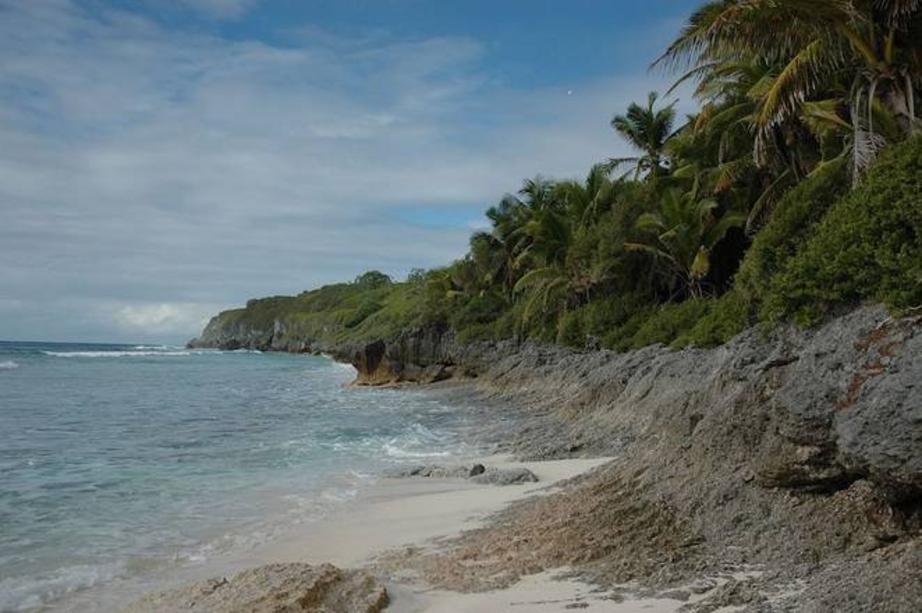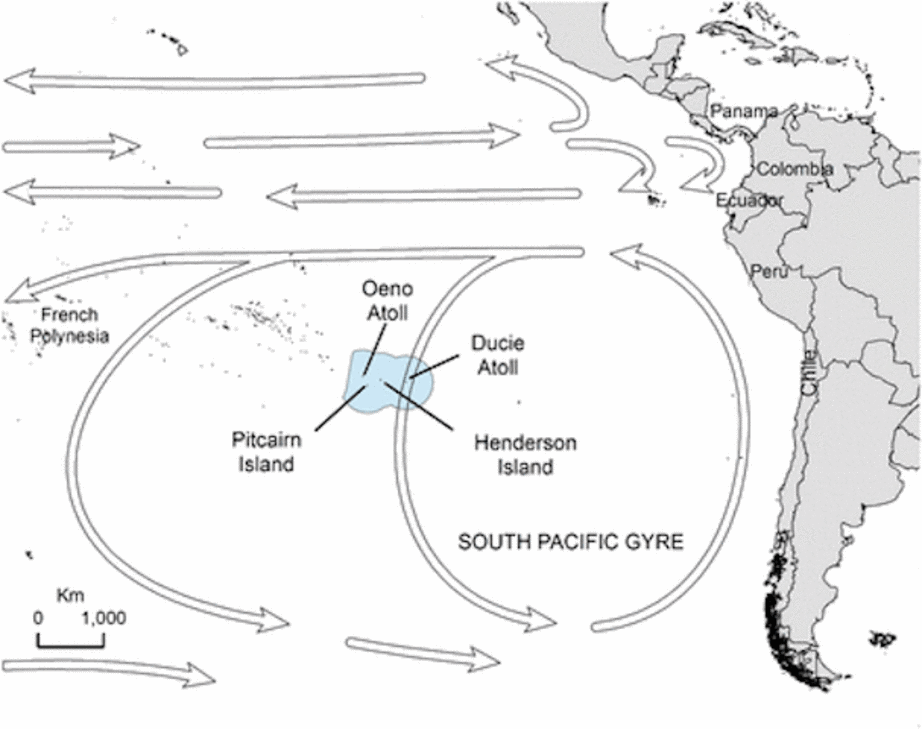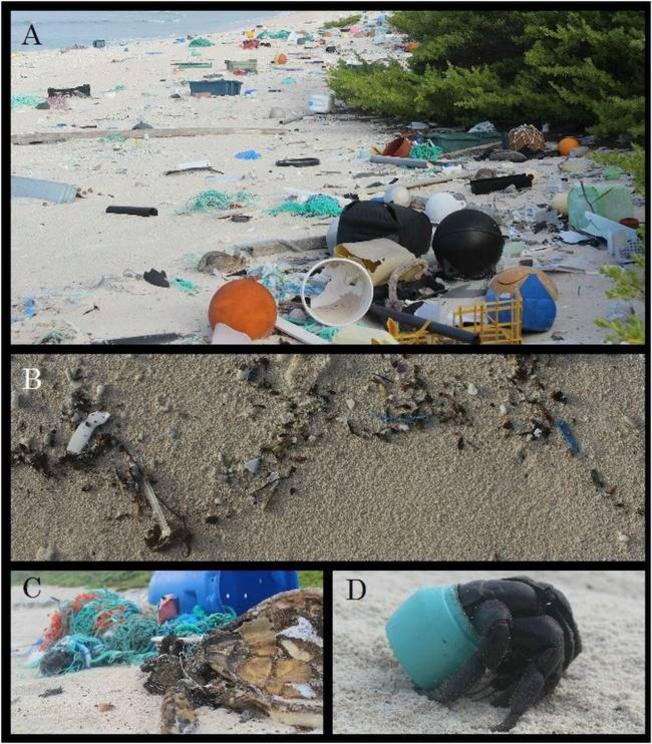Henderson Island is the most remote, most polluted place on Earth
Discover the once-gorgeous South Pacific island where all your plastic trash ends up.
Henderson Island is one of the most remote islands in the world, located in the Pitcairn Group in the South Pacific Ocean. Nobody lives there and there are no land-based industrial facilities or human habitations within 5,000 kilometers (3,100 miles). When Jennifer Lavers, a researcher from the University of Tasmania’s Institute for Marine and Antarctic Studies, visited Henderson Island in 2015, she expected to find a pristine place protected from the pollution that accompanies human existence elsewhere on the planet. Instead, she found the opposite.
Lavers’ painstaking research, published in PNAS last month, revealed that Henderson has “the highest density of anthropogenic waste recorded anywhere in the world, with 99.8 percent of the pollution plastic” (The Guardian). The research team estimated 38 million pieces of plastic exist on the island, with a combined weight of 17.6 tons. Plastic continues to wash up on the island at a rate of up to 13,000 new items daily. This may seem mindboggling, but it gets worse when you put it into perspective: “The debris estimated to be present on Henderson Island account for only 1.98 seconds’ worth of the annual global production of plastic.”

Because of Henderson’s remoteness, all of this plastic pollution comes from faraway, proving the point that “there is no away” when it comes to non-biodegradable trash. Lavers told The Guardian:
“Across the board, no country got a free pass on this – we found bottles from Germany, containers from Canada, I think it was a fishing crate from New Zealand. What that says is we all have a responsibility in this, and we have to sit up and pay attention to that.”

PNAS/via
Such plastic pollution has a significant effect on wildlife and marine habitats. The study found hundreds of purple hermit crabs using plastic cosmetics jars and bottle caps for their shells – containers that are sharp, jagged, brittle, and toxic. Lavers has been told of one crab living in a doll’s head, a horrifying image.
Sea turtles are entangled in fishing line and the plastic debris on the beach has reduced the number of sea turtle laying attempts – a particularly tragic fact since Henderson Island is the only known nesting site within the Pitcairn Group. The study found lowered diversity of shoreline invertebrate communities and greater risk of entanglement of coastal-nesting seabirds

PNAS/via
Interestingly, the majority of debris (68%) is not visible to the naked eye because it’s buried beneath the sand. The researchers dug down 10 centimeters, which means that estimates do not take into account the plastic buried deeper than that, the small micro-particles, and additional debris along inaccessible cliffs and rocky coastlines.
The worst and best part of this study are the same – that the worst offenders found on Henderson are everyday consumer items, single-use plastics that we don’t hesitate to use on a regular basis or consider where they’ll end up. This is awful because it’s our consumer habits that have created a huge part of this problem, but it’s simultaneously hopeful because habits can be changed by embracing a zero-waste lifestyle. Still, such a change would have be implemented on a massive scale in order to make any kind of difference.

CC BY-SA 3.0 Wikipedia/Ron Van Oers for UNESCO
What’s clear is that manufacturers must be held accountable for the full life cycle of their products, such as Avon, whose former cream jar is housing the hermit crab pictured above. Lavers urges governments to stop wasting breath on the decades-old climate change debate and start taking action on the things we do know: Plastic is saturating the Earth and something has to be done now.
